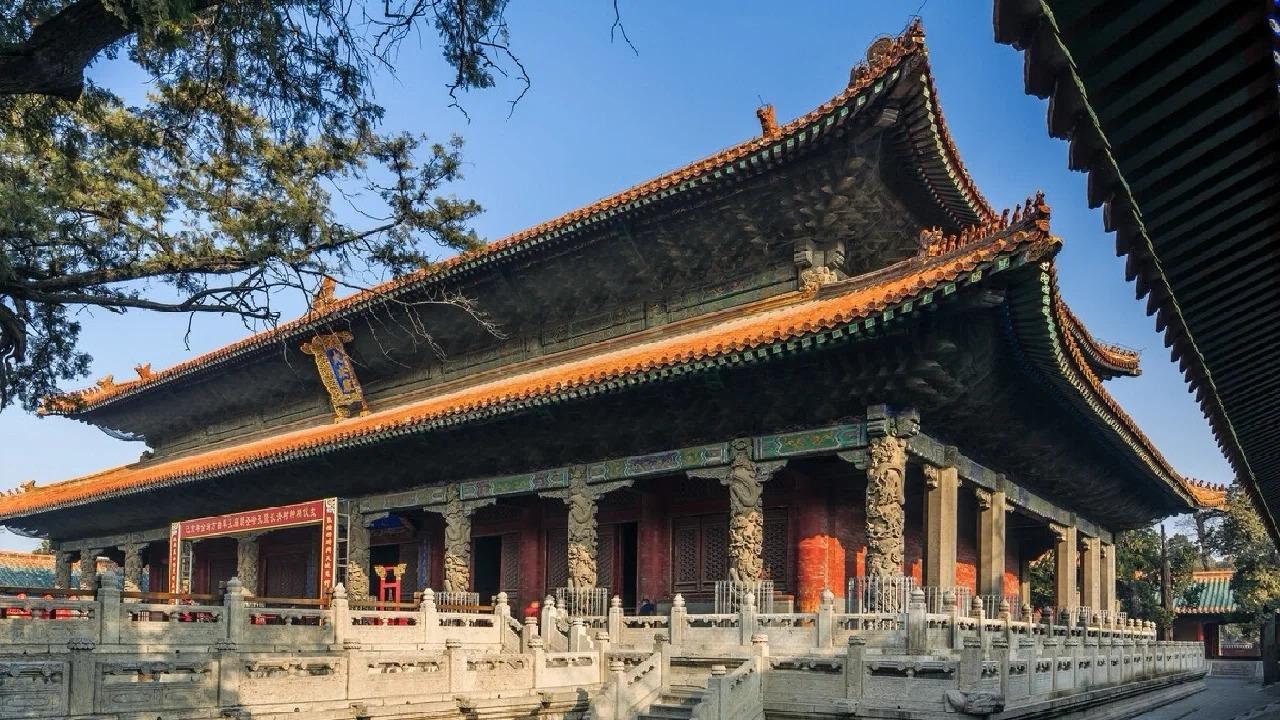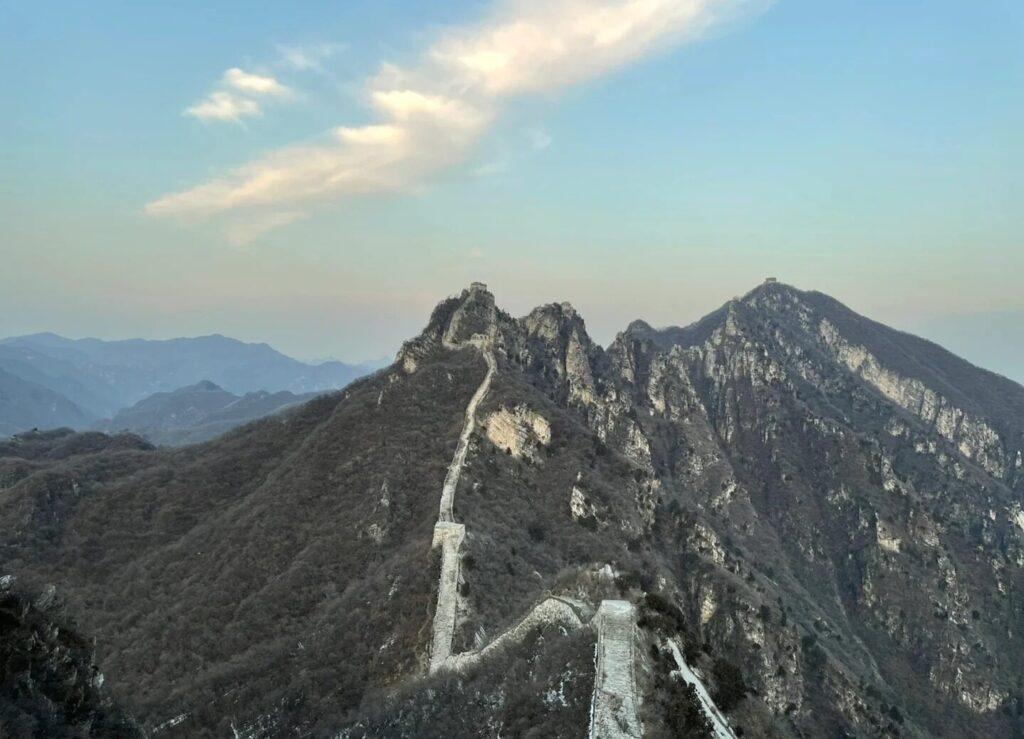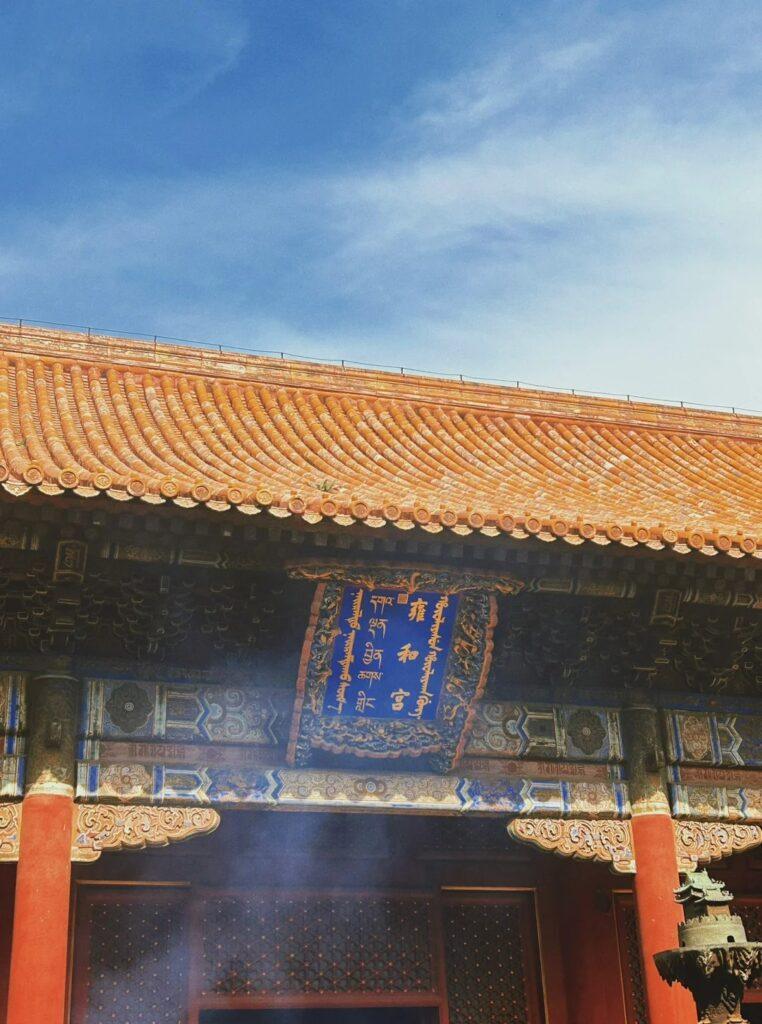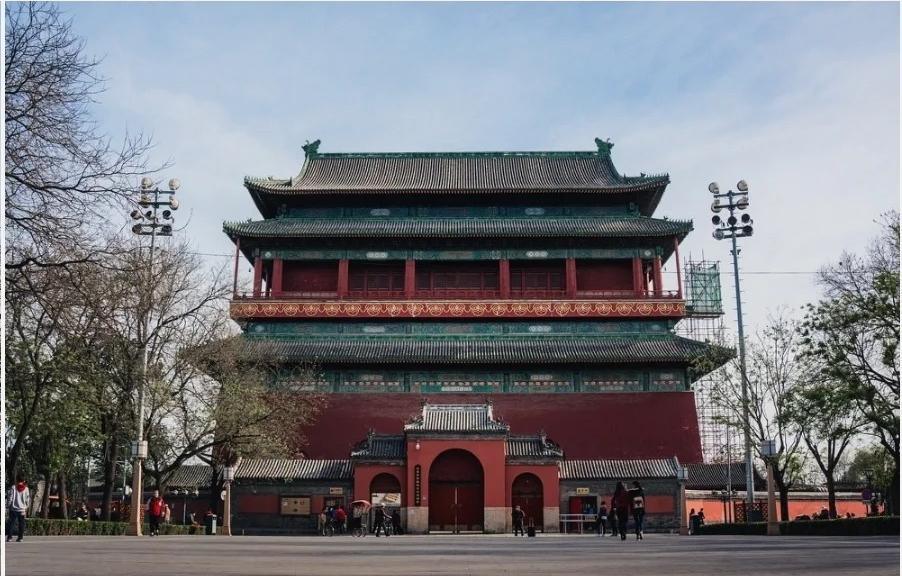Visiting Information
| Information | Details |
|---|---|
| Chinese Name | 孔庙 (Kǒng Miào) |
| Location and Address | No. 28 Guozijian Street, Dongcheng District, Beijing, China |
| Opening Time/Hours | 8:30 AM – 5:00 PM (April to October) 9:00 AM – 4:30 PM (November to March) Closed on Mondays |
| Entrance Fee | 30 CNY for adults 15 CNY for students with valid ID |
| How to Get There | By Metro: Line 2 or Line 5 to Yonghegong Station, Exit A By Bus: Take bus 13, 116, 117, or 684 to Guozijian Street By Taxi: Tell the driver “Kǒng Miào” or show the Chinese characters 孔庙 |
| Best Time for Visit | Spring (April to May) or Autumn (September to October) for pleasant weather and fewer crowds |
| Contact Info | Phone: +86 10 8402 7224 Email: [email protected] |
Overview
The Confucian Temple in Beijing, also known as the Imperial College, is a historical site dedicated to Confucius, China’s most influential philosopher and teacher. Built in 1302 during the Yuan Dynasty, it served as the imperial academy and national university of China for centuries. Today, it stands as a testament to the importance of education and Confucian philosophy in Chinese culture.
Historical Background
The Beijing Confucian Temple was constructed in 1302 during the Yuan Dynasty and expanded during the Ming and Qing dynasties. It was the second-largest Confucian Temple in China, after the one in Confucius’ hometown of Qufu. For over 700 years, it served as the national academy for the cultivation of Confucian scholars and played a crucial role in China’s imperial examination system. The temple complex also includes the Imperial College (Guozijian), which was the highest educational institution in imperial China.
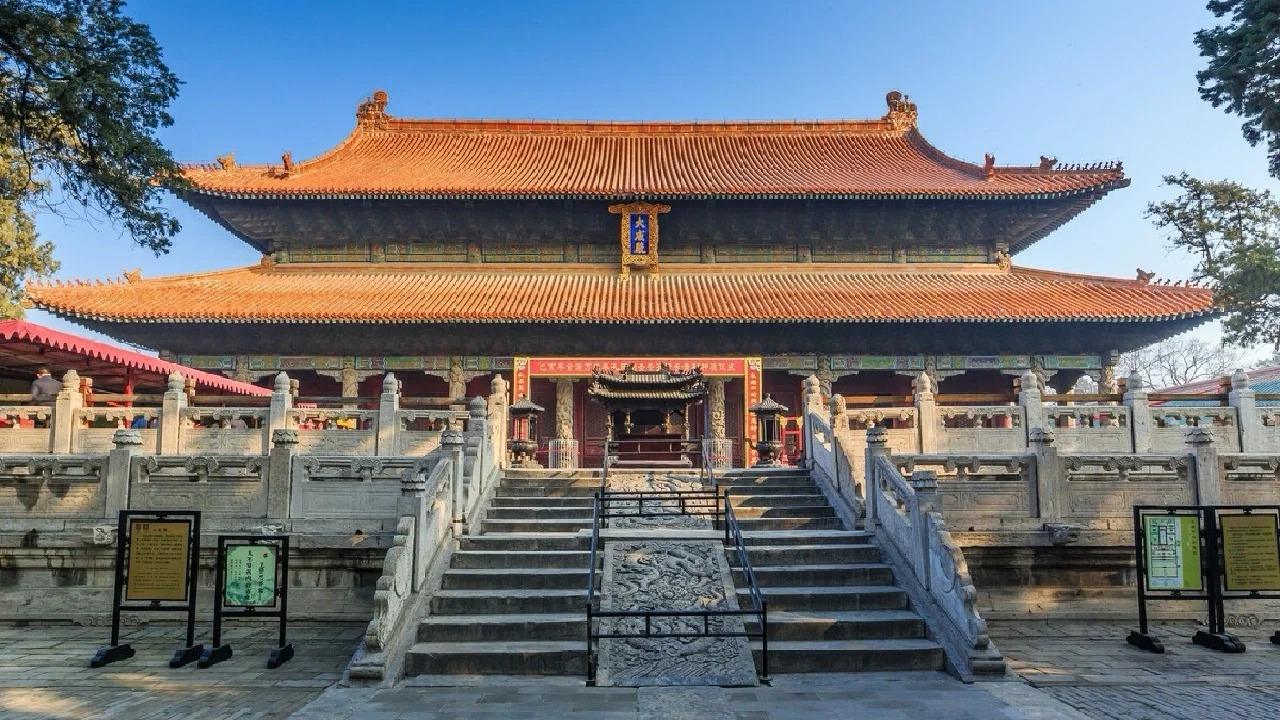
Architectural Features
- Layout: The temple complex follows a traditional Chinese architectural layout, with a central axis flanked by symmetrical buildings. It consists of several courtyards and halls, each serving a specific purpose in Confucian rituals and education.
- Dacheng Hall (Hall of Great Achievement): This is the main hall of the temple, where the spirit tablet of Confucius is enshrined. It features intricate wooden carvings, colorful paintings, and impressive roof structures typical of imperial Chinese architecture.
- Chongshengci (Worship Hall): This hall houses the spirit tablets of Confucius’ disciples and other prominent Confucian scholars, showcasing the lineage of Confucian thought.
- Stone Steles: The temple grounds feature numerous stone steles, including the famous “Thirteen Classics Steles” which contain the complete texts of Confucian classics, serving as a form of ancient printing plates.
- Ancient Cypresses: The temple is home to several ancient cypress trees, some of which are said to be over 700 years old, adding to the serene and historical atmosphere of the complex.
Cultural Importance
The Confucian Temple holds immense cultural significance in Chinese society. It symbolizes the importance of education, moral cultivation, and the enduring influence of Confucian philosophy on Chinese culture. The temple served as the highest seat of learning in imperial China, shaping the intellectual and moral standards of the nation’s elite for centuries. Today, it continues to be a place of reverence for Confucius and a symbol of traditional Chinese values and scholarly pursuits.
Surrounding Attractions
- Lama Temple (Yonghegong): Located just a short walk from the Confucian Temple, the Lama Temple is the largest Tibetan Buddhist temple outside Tibet. It features stunning architecture, intricate artwork, and a 26-meter-tall statue of Maitreya Buddha carved from a single piece of sandalwood.
- Imperial College (Guozijian): Adjacent to the Confucian Temple, the Imperial College was the highest educational institution in imperial China. Visitors can explore its ancient classrooms, lecture halls, and learn about the rigorous imperial examination system.
- Guozijian Street: This historic street, where the Confucian Temple is located, is one of the best-preserved old streets in Beijing. It features traditional hutong architecture, quaint shops, and cafes, offering a glimpse into old Beijing life.
- Drum and Bell Towers: A short distance away, these iconic towers once served as the official timekeepers of imperial Beijing. Visitors can climb the towers for panoramic views of the surrounding hutongs and learn about ancient Chinese timekeeping methods.
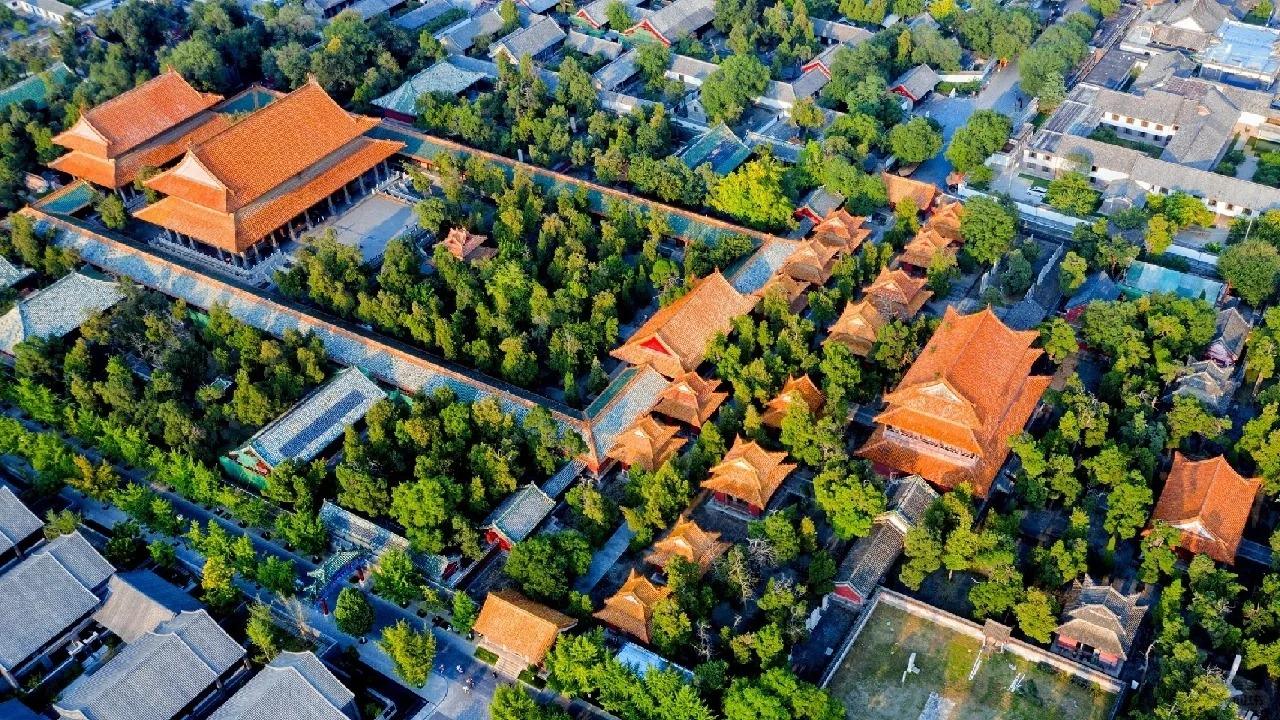
Photography Opportunities
- Ancient Architecture: The temple’s traditional Chinese architecture, with its ornate roofs, colorful paintings, and intricate wooden carvings, offers excellent opportunities for architectural photography.
- Stone Steles: The numerous stone steles, particularly the “Thirteen Classics Steles,” provide interesting subjects for detail and texture photography, as well as capturing Chinese calligraphy.
- Ancient Cypress Trees: The gnarled, centuries-old cypress trees in the temple grounds create atmospheric shots, especially during golden hour or misty mornings.
- Ceremonial Objects: Various ceremonial objects and artifacts displayed in the halls offer opportunities for still life and cultural photography.
- Seasonal Changes: The temple’s appearance changes with the seasons, from spring blossoms to autumn foliage, providing diverse photographic opportunities throughout the year.
Modern Importance
- Cultural Heritage Preservation: The Confucian Temple serves as a key site for preserving and showcasing traditional Chinese culture and Confucian philosophy, playing a crucial role in maintaining China’s cultural heritage.
- Educational Resource: The temple complex, including the Imperial College, functions as an important educational resource, offering visitors insights into China’s historical education system and Confucian teachings.
- Tourism: As a major historical and cultural attraction in Beijing, the Confucian Temple contributes significantly to the city’s tourism industry, attracting both domestic and international visitors.
- Cultural Exchange: The temple serves as a platform for cultural exchange, helping international visitors understand the depth and influence of Confucian thought on Chinese society.
- Ongoing Traditions: The temple still hosts traditional ceremonies and events, such as the annual ceremony to honor Confucius, keeping ancient traditions alive in the modern era.
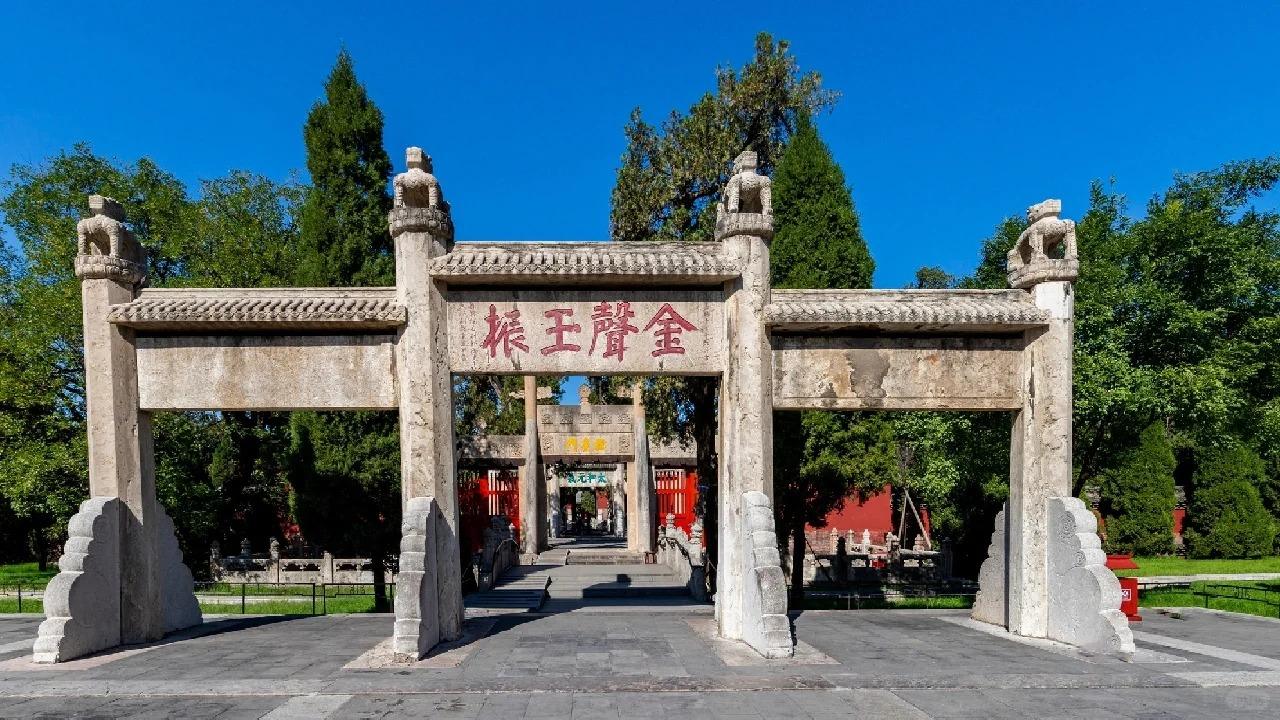
FAQ
- What is Confucian Temple famous for?
Confucian Temple is famous for being the second-largest Confucian temple in China, its role as the imperial academy in ancient China, and its preservation of Confucian philosophy and traditional Chinese education. - What’s inside Confucian Temple?
Inside Confucian Temple, you’ll find several halls dedicated to Confucius and his disciples, ancient stone steles with Confucian classics, traditional Chinese architecture, and exhibits on Confucian philosophy and the imperial examination system. - Is Confucian Temple free?
No, Confucian Temple is not free. There is an entrance fee of 30 CNY for adults and 15 CNY for students with valid ID. - Is Confucian Temple worth visiting?
Yes, Confucian Temple is worth visiting for its historical significance, beautiful traditional architecture, and insights into Confucian philosophy and ancient Chinese education system. - What to do in Confucian Temple?
In Confucian Temple, you can explore the various halls, admire the ancient architecture, view the stone steles, learn about Confucian philosophy and China’s imperial examination system, and enjoy the serene atmosphere of the temple grounds. - How do I get to Confucian Temple in the local city?
In Beijing, you can reach Confucian Temple by taking Metro Line 2 or Line 5 to Yonghegong Station and using Exit A. It’s also accessible by several bus routes or taxi. - How to visit Confucian Temple?
To visit Confucian Temple, purchase a ticket at the entrance. It’s open daily except Mondays. Plan to spend about 1-2 hours exploring the site. Consider hiring a guide or using an audio guide to fully appreciate the temple’s history and significance.



